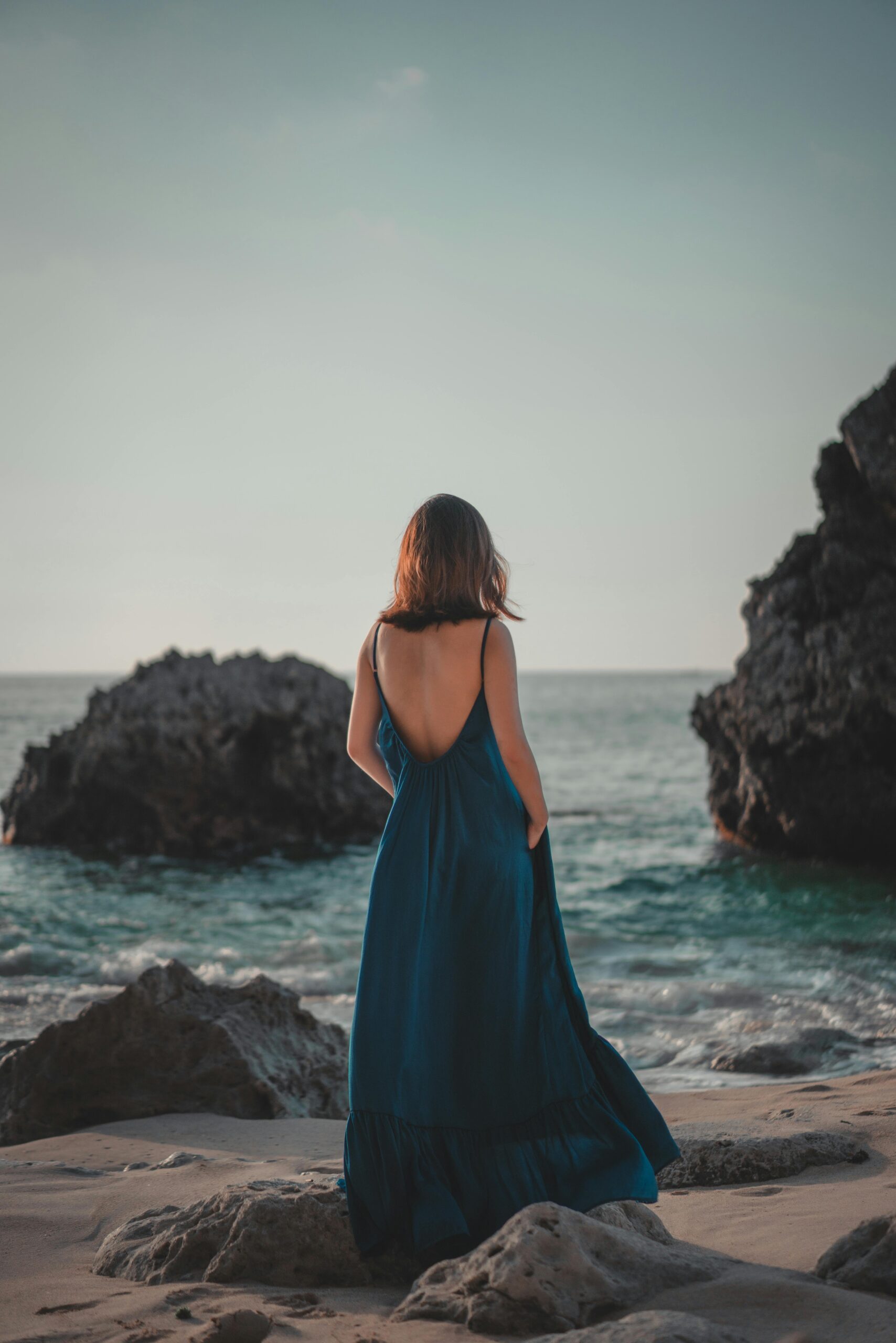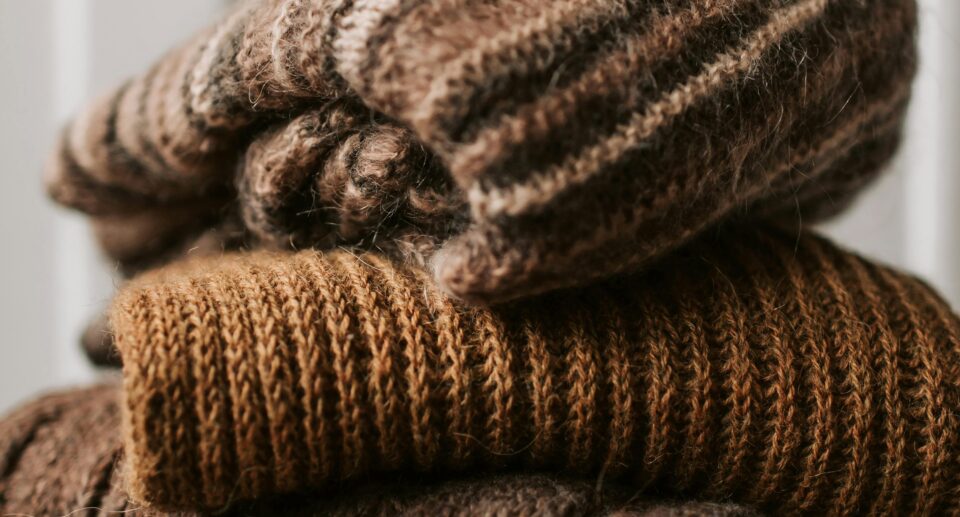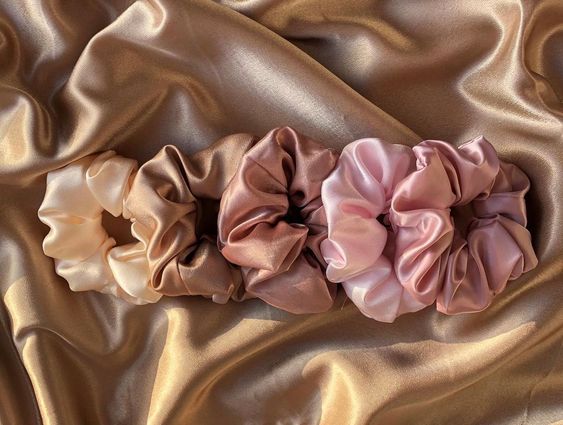
For a very long time, suits have been a mainstay of fashion, representing sophistication, professionalism, and elegance. The suit, once thought to be exclusively for men’s formal attire, has become a gender-neutral, multipurpose piece of clothing. Suits are still an iconic piece of style that never goes out of style, whether they’re worn as part of a sustainable and tech-infused ensemble, a traditional tailored suit, or a boldly patterned ensemble. Future developments and fashion trends that will influence the suit industry and guarantee its continued relevance and attractiveness for future generations are likely to arrive as it develops.
The Early History of Suits in Historical Context
The history of the suit dates back to Western Europe in the 17th century. Men wore coordinated breeches, waistcoats, and coats; this look eventually gave rise to the contemporary suit. The introduction of the “vest” (waistcoat) as a component of court attire in 1666 by King Charles II of England had a significant impact on this shift.
The 1800s
Men’s fashion saw tremendous advancements in the 19th century, especially with the introduction of the frock coat and the morning coat. But the lounge suit, which debuted in the middle of the 1800s, laid the groundwork for modern suits. The lounge suit gained popularity due to its comfort and practicality, with a jacket and pants that match.
Women’s Suits:
Women’s suits arose in the late nineteenth and early twentieth centuries, influenced first by the suffrage movement. Early examples include skirts and coats with precise fits made for comfort and movement. The women’s suit gained popularity in the 1920s thanks to the likes of Coco Chanel, who emphasized style and ease.
Suit Styles
Suits for Men
The classic suit: The classic suit is defined by matching pants and a single-breasted jacket with notch lapels. It is still a classic option for formal events and professional environments.
Double-Breasted Suit: Consisting of two parallel columns of buttons and a jacket with overlapping front flaps. This look radiates self-assurance and a hint of retro charm.
Tuxedo: Often referred to as a dinner suit, the tux is worn only to formal evening occasions. The buttons and lapels usually have grosgrain or satin facings.
Slim Fit Suit: Designed to precisely follow the contours of the body, providing a contemporary and fashionable silhouette. Popular for less formal occasions and among younger professionals.
Three-piece suit: consists of waistcoat, pants, and jacket in the same color. This look incorporates an additional formality.
Women’s suits:
The Skirt Suit: A fitted jacket combined with a matching skirt. This traditional look is perfect for environments that are formal and professional.
Pant Suit: This outfit, which consists of a jacket and pants, is quite popular for formal occasions and the office.
Blazer and Trousers: An adaptable combo that can be worn with a range of skirts or pants to create a range of styles from casual to dressy.
Double-Breasted Suit: This design, which is akin to men’s double-breasted suits, has a jacket with two parallel columns of buttons, giving it an elegant and commanding appearance.
Evening Suit: Made for dressy evening occasions, this suit frequently features opulent materials and elaborate embellishments like lace or sequins.
Suit Design Trends
Trends Among Men
Symbolic Designs: Bold patterns like checks, plaids, and pinstripes have become popular again in recent years. Traditional suits gain flair and personality from these patterns.
Vibrant Colors: Suits in vibrant hues like burgundy, emerald, and even pastel tints are becoming more and more popular, even though navy, black, and grey are still classics.
Casual Suits: Softer materials, such as cotton and linen, give an effortlessly stylish appearance, and unstructured suits have become increasingly trendy as business-casual settings have grown in favor.
Sustainable Fabrics: As eco-friendliness gains prominence in the fashion industry, there is a rising demand for suits composed of materials like organic cotton, recycled wool, and biodegradable textiles.
Mix and Match: Neglecting the conventional pairing of a jacket and pants is encouraged by current trends. Customized and distinctive styles can be achieved by combining various colors and textures.
Trends Among Women
Oversized Blazers: With their stylish and carefree silhouette that can be dressed up or down, oversized blazers are still a major trend in women’s fashion.
Power Suits: Power suits are a statement piece that exudes confidence and empowerment. They are structured, bold, and fitted with pointed shoulders.
Soft Pastels: Adding a feminine touch to the classic suit, soft pastel colors like blush pink, baby blue, and mint green are increasingly in demand for women’s suits.
Patterned Suits: In line with menswear, ladies are adopting suits that have striking prints and patterns, such as modern floral or the timeless hounds tooth.
Sustainable Fashion: Designers of women’s suits are adopting eco-friendly materials and moral production methods in line with the growing trend towards sustainability.
Designs for Suits and Tailoring Options for Fabrics
The suit’s fabric has a big impact on how it looks, feels, and works for different types of events.
Wool: Because of its strength, breathability, and adaptability, wool is the most popular material for suits. It is appropriate for all seasons because it is available in a variety of weights and weaves.
Cotton: Perfect for warmer weather, cotton suits are cozy and lightweight. When opposed to wool, they provide a cozier and more relaxed appearance.
Linen: Because linen is lightweight and breathable, it makes an ideal summer suit material. They do, however, wrinkle easily, which contributes to their carefree appeal.
Silk: Suits made of silk are opulent and have a distinctive shine. They are frequently saved for formal events and evening attire.
Blends: To combine the best features of each material, many suits are fashioned from mixes of various textiles, such as cotton and linen or wool and silk.
Fit & Tailored
The way a suit fits determines how it looks overall. A well-fitting suit gives off confidence and improves the wearer’s silhouette.
Personalized Tailoring: Custom-made suits provide an ideal fit and enable customization of the style. Although this method is usually more expensive, it produces a suit that is both unique and well-fitting.
Made-to-Measure: Individual measurements are taken to create custom suits that are tailored from pre-existing patterns. In terms of fit and price, they provide a halfway ground between custom tailoring and off-the-rack suits.
Off-the-rack: Standard sizes of these outfits are mass-produced. Even though they are less expensive, they might need to be adjusted for a better fit.
Design Elements
Lapels: Lapels are available in notch, peak, and shawl styles, among others. Peak lapels provide a more formal appearance, notch lapels are the most popular, and shawl lapels are usually seen on tuxedos.
Buttons: A suit jacket may have one or more buttons. Jackets that are double-breasted normally have six, seven, or eight buttons, whereas single-breasted jackets usually have one, two, or three buttons.
Vents: Suit jackets may feature one, two, or no vents at all. Single vents are more conventional, but double vents offer more mobility and a cleaner drape.
Pockets: Pocket types include flap, jetted, and patch pockets. The most popular type of pockets is flaps; jetted pockets are elegant and formal; and patch pockets are informal and frequently seen on summer suits.
Cuffs: The edges of suit pants can be left simple or cuffed. It is thought that cuffed pants are more formal and conventional.
Complementary items and accessories
Accessories for Men
Shirts: A dapper dress shirt is a must-have to finish off the suit ensemble. Classic colors like white and light blue are appropriate, although patterned shirts might be more individual.
Ties: Ties can be used to show personal flair and give a splash of color. There is an infinite variety of patterns, textures, and materials.
Pocket squares: Coordinating with the shirt or tie to create a unified style, pocket squares add a touch of refinement.
Cufflinks: Cufflinks elevate French cuff shirts by adding a classy touch that completes the look.
Shoes and Belts: The color and style of leather shoes and belts should coordinate. Popular options include loafers, brogues, and oxford shoes.
Accessories for Women
Blouses and Tops: Depending on the desired level of formality, women’s suits can be worn with blouses, camisoles, or turtlenecks.
Scarves: Scarves are a flexible item that may be dressed in a variety of ways. They can provide color and texture.
Accessory pieces: Classy pieces like bracelets, earrings, and necklaces go well with the suit and give a unique touch.
Bags: Adding flair and usefulness to an ensemble, a chic handbag or clutch completes the look.
Shoes: Depending on the event and individual style, loafers, flats, and heels are all appropriate choices.










